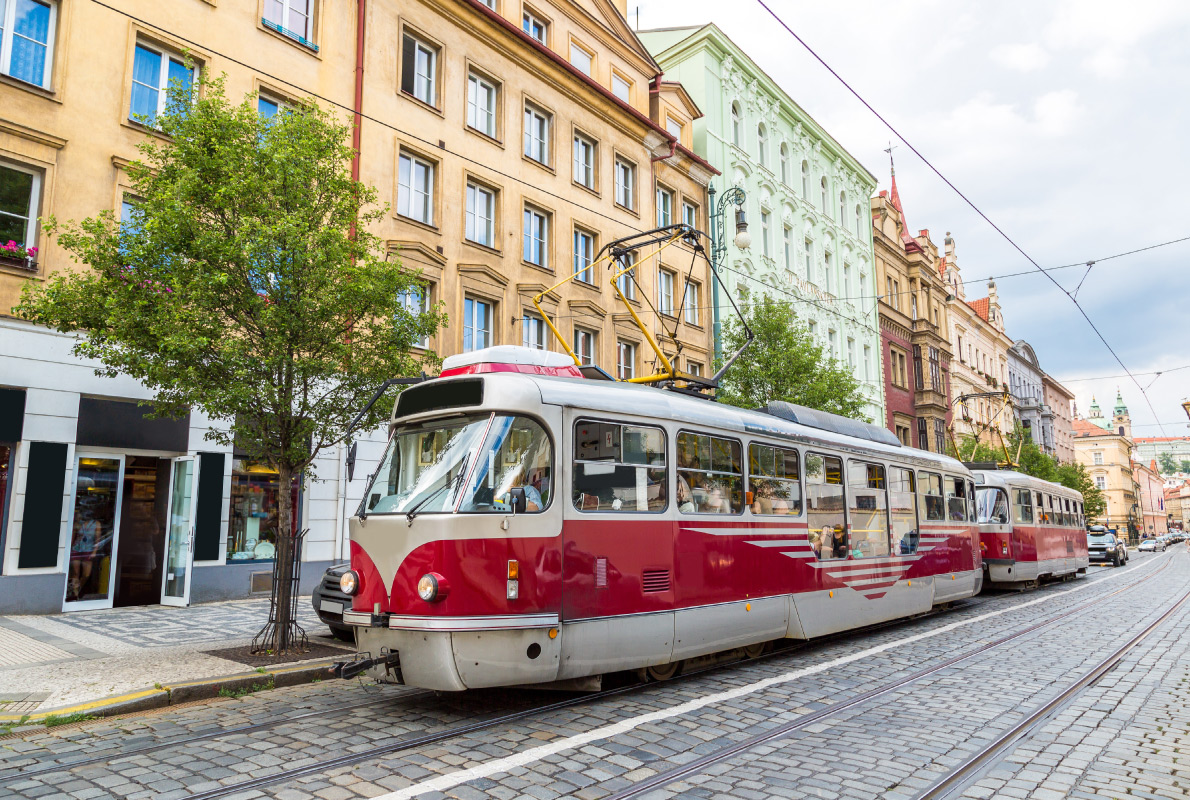The 15 Global Challenges from t he Millennium Project, a global participatory think tank. 1. How can sustainable development be achieved for all while addressing global climate change? 2. How can everyone have sufficient clean water without conflict? 3. How can population growth and resources be brought into balance? 4. How can genuine democracy emerge from authoritarian regimes? 5. How can decisionmaking be enhanced by integrating improved global foresight during unprecedented accelerating change? 6. How can the global convergence of information and communications technologies work for everyone? 7. How can ethical market economies be encouraged to help reduce the gap between rich and poor? 8. How can the threat of new and reemerging diseases and immune micro-organisms be reduced? 9. How can education make humanity more intelligent, knowledgeable, and wise enough to address its global challenges? 10. How can shared values and new security strategies reduce ethnic conflicts,...
Modes of travel are ordered below from the most active, energy efficient and environment friendly to the least.
1. Walk
2. Cycle, including scooters and hoover boards
3. Buses
4. Streetcars
6. Light rail, e.g. metro, underground, tram
7. Heavy rail for longer distance, intercity transit
8. Private cars
9. Air travel. For trips of about 300 miles, air travel begins to be more effective than rail, and 500 miles is about the limit before air travel becomes the preferred way of traveling.
1. Walk
2. Cycle, including scooters and hoover boards
3. Buses
4. Streetcars
5. Bus Rapid Transit (BRT) is faster than buses and streetcars due to their dedicated rights of way.
 |
9. Air travel. For trips of about 300 miles, air travel begins to be more effective than rail, and 500 miles is about the limit before air travel becomes the preferred way of traveling.



.jpg)
Comments
Post a Comment